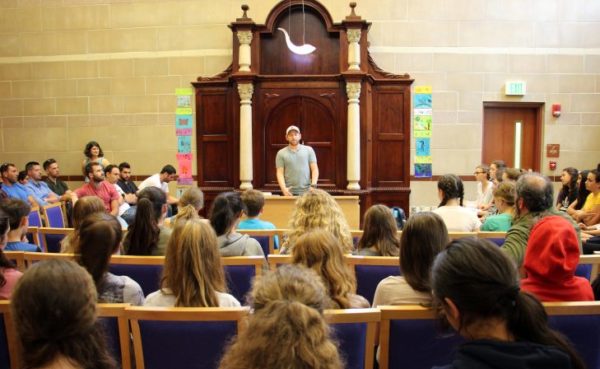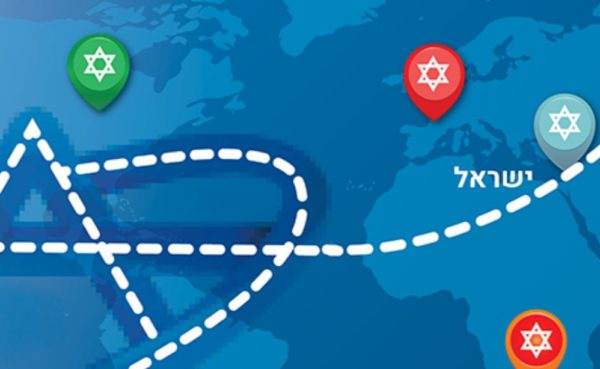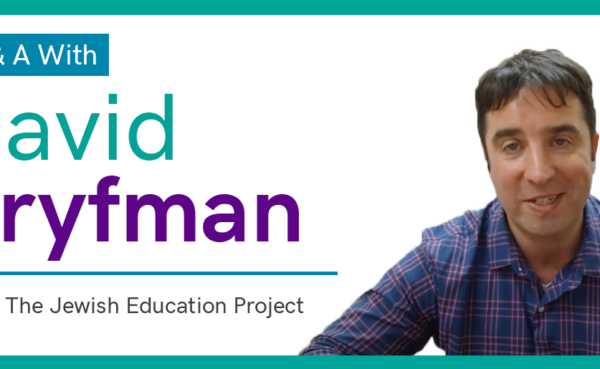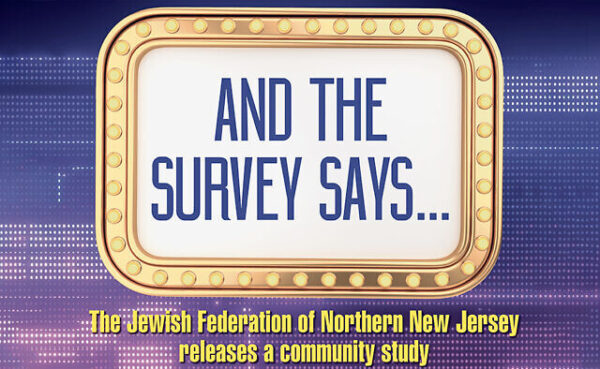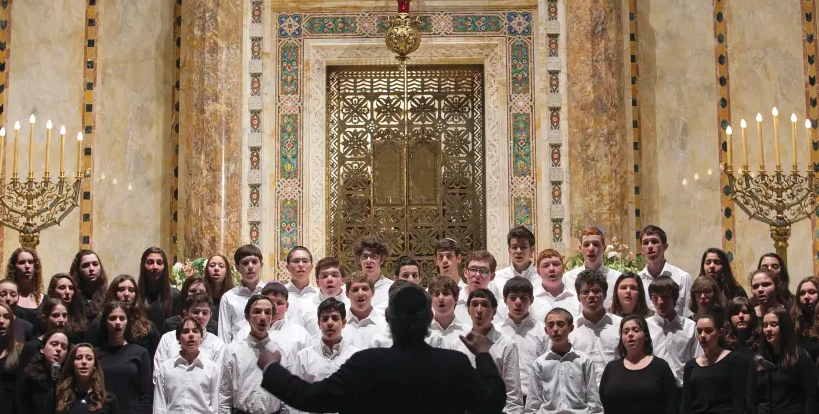
‘Inside Jewish Day Schools’: How should North American Jews be educated?
Inside Jewish Day Schools presents a unique perspective on Jewish education in North America and the factors that contribute to successful learning, and help advance and improve Jewish education.
“Educate the child according to his way,” says the Book of Proverbs (22:6). Today, there are close to 1,000 Jewish day schools operating throughout North America, teaching over 300,000 students. What is the ideal “way” in which Jewish day school students should be educated? What are the key concepts, goals and methods of instruction that can be put to best use to help develop the next generation of educated Jews?
“Educate the child according to his way.”
Proverbs 22:6
Inside Jewish Day Schools, by Alex Pomson and Jack Wertheimer, is a fascinating study of how nine schools in the United States and Canada educate their students, choose the subjects and concepts that they deem most significant, and cope with important issues in education today, such as the rising cost of tuition, the use of technology in the classroom and the mental and emotional health of their students.
In 2018 and 2019, the authors fanned out across the United States and Canada, interviewing teachers, principals and students at different times of the year.

Pomson heads Rosov Consulting Israel, a consulting firm for organizations and philanthropists in the Jewish communal sector, and Wertheimer is the Joseph and Martha Mendelson professor of American Jewish history at the Jewish Theological Seminary.
The two spent significant amounts of time at the schools they visited, which is apparent from their succinct yet thorough summaries. The principal author of a chapter spent up to five days in the school, while the secondary author spent two or three days in the location.
Pomson and Wertheimer visited five lower and middle schools, two high schools, and two kindergarten through 12th-grade schools. The religious orientation of the schools included Modern Orthodox, Conservative, non-affiliated community schools, and one haredi institution.
How Jewish day schools have changed over the years
Unsurprisingly, Jewish day schools have changed greatly since this writer was a student in the 1960s and 1970s. Many schools no longer employ the frontal, “sage on a stage” approach in which the teacher lectures to the students using a one-way communications model. Schools want to engage students and make the learning process interactive. This can be reflected in the increased use of computers to search the Internet and assist in their learning.
“Students today, the reasoning goes,” write Pomson and Wertheimer, “need to learn and understand why the subject matter is worth learning. It won’t do any longer to focus classes on ‘covering’ material. The challenge of education today is to stimulate students to learn in their own ways and help them incorporate their new learning in their own ways.”
According to this way of thinking, they explain, rote learning, memorization of facts, and the repeating of correct answers are considered passé.
The authors suggest that the level of caring and commitment on the part of Jewish day schools today for the emotional and academic needs of students is perhaps the greatest point of departure between today’s Jewish day schools and those of previous generations.
At one school, this is expressed via student focus groups and student-teacher meetings. Before the school’s parent-teacher conferences, classes are canceled for half a day at a time, and while half of the student body engages in hessed (benevolent) activities off-campus, the other half sits down for brief conferences with each of their teachers. In this way, write Pomson and Wertheimer, “the framework provides an opportunity for students’ voices to be heard with intention and care and at the same time enables educators to get across messages to individual students that might be drowned out during the course of day-to-day activity at school.”
While many of the schools covered in the book are located in cities with large Jewish communities, such as Chicago, Los Angeles and Miami, a number of schools are located in areas with smaller Jewish populations, such as Nashville, Tennessee, San Rafael, California, and Detroit, Michigan. In most cases, community schools in these areas accept students with greatly varying levels of religious observance, which can complicate the level of religious commitment that the school requires.
A recurrent theme that the authors discuss at almost every school is how educational institutions deal with prayer (tefila) within the organized framework of the school.
“The time devoted to tefila is fraught with tension,” write Pomson and Wertheimer.
Teachers try to involve students in the services but are often required to spend much of the time monitoring and disciplining students. Some teachers report that it is the most difficult part of the day for them.
Interestingly, the Anne and Max Tanenbaum Community Hebrew Academy in Toronto, known as Tanenbaum CHAT, does not require its students to participate in prayer services at the school. While the school follows Orthodox policy and has a rigorous Jewish curriculum, 80% of the students, the authors write, identify with a liberal denomination or no denomination at all.
Parents today place great importance on the general studies curriculum in Jewish day schools and want their children to gain access to additional educational opportunities in high school and college. As a result, many Jewish day schools have embarked on extensive programs emphasizing STEM – science, technology, engineering, and mathematics – with the goal of creating curious learners who seek creative solutions.
Pomson and Wertheimer note that while general studies curriculums have been redesigned and modernized, there is frequently a resistance to change when it comes to the Jewish studies curriculum.
“Some teachers,” they explain, “are insistent that the way they were taught is best suited for current students, too, and many parents who attended Jewish day schools agree with them.”
Nevertheless, they cite numerous examples throughout the book of schools that are teaching classic Jewish texts utilizing up-to-date educational technology, some of which has been developed in Israel for use in day schools abroad.
THE BOOK’S final chapter presents a summary of the benefits that Jewish day schools can offer students, the salutary effects that day schools can have on parents, and how day schools can affect the communities where they are situated.
The authors suggest that day schools can temper certain aspects of the polarization that exists in the American Jewish community and add that schools that present a pluralistic orientation can nurture a culture of mutual respect.
Inside Jewish Day Schools presents a unique perspective on Jewish education in North America and the factors that contribute to successful learning within the community and within the school. But perhaps even more significantly, as one prominent Jewish educator mentioned to me, the book, with its analysis of the nine schools, presents a series of excellent case studies that can advance and improve the state of Jewish education.
Inside Jewish Day SchoolsBy Alex Pomson and Jack WertheimerBrandeis University Press320 pages; $35
